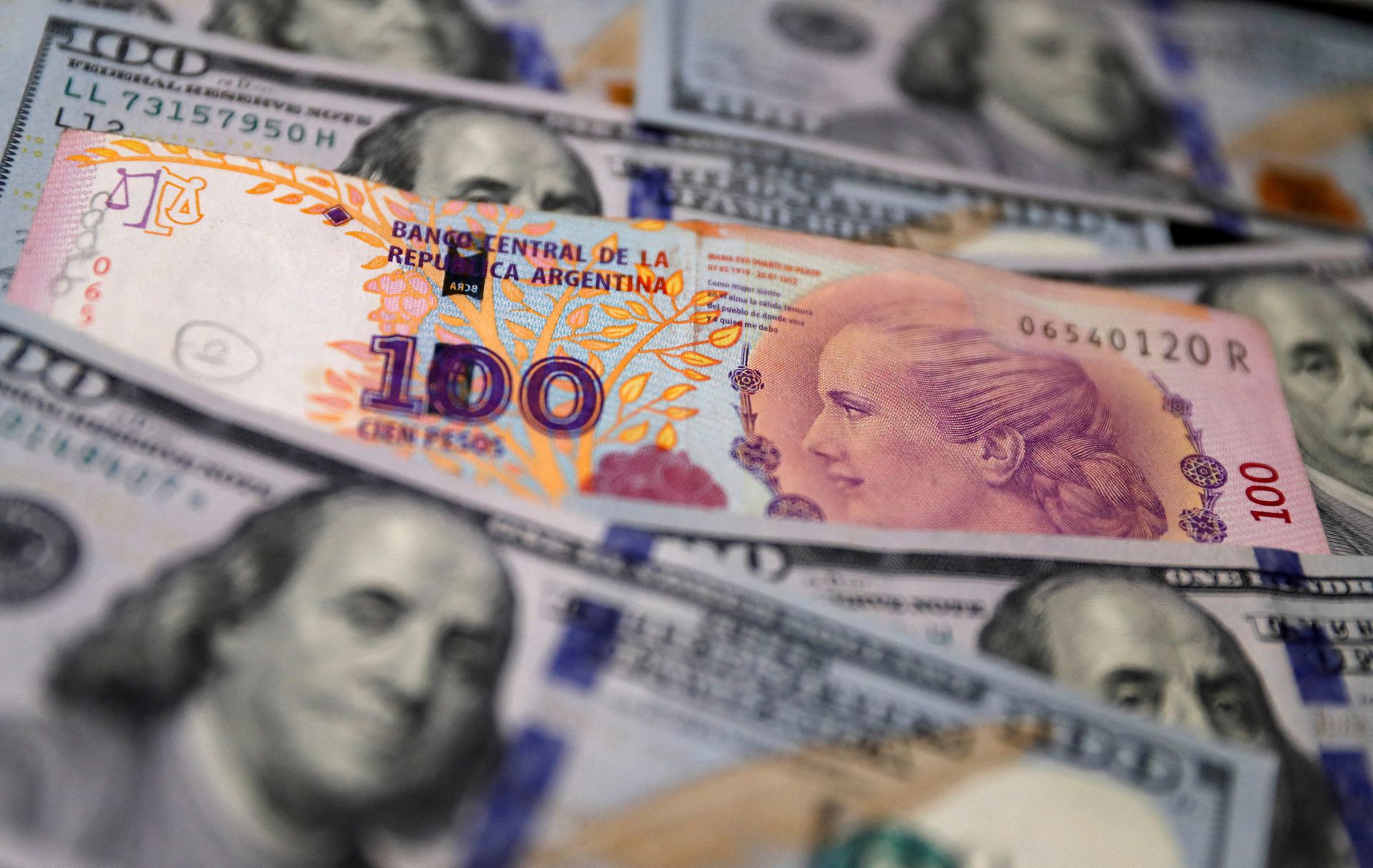Forex
Argentina pledged to abandon the dollar

This week, the Argentine government intends by decree to announce new financial measures, such as recalling dollar-denominated foreign-rights bonds from public entities and forcing them to place some of their dollar-denominated local-rights bonds on the open market.
About $4 billion worth of foreign-rights bonds is supposed to be exchanged for peso-denominated debt.
The fact is that the world’s largest grain producer must address the depletion of foreign reserves, the drought that has hit exports, annual inflation of over 100%, and the pressure on the national currency, the peso, which leads to higher dollar-denominated prices in unofficial markets.
Such a measure would allow the government to absorb the excess peso in the market, which further fuels inflation, reduces dollar debt and gains leverage to intervene in the foreign exchange market without sacrificing reserves.
This will help reduce the volatility of the dollar market in particular, and the capital market in general, thereby avoiding the impact on inflation.
Government agencies that previously bought government bonds would pay back part of their dollar debt under local law to the market, with the rest going back to the central government. They will also now have to pay back their dollar debt to exchange it for local currency debt.
The peso has depreciated sharply against the dollar on the unofficial market in recent days, reaching a record low on Tuesday amid a prolonged drought and growing fears of a shortage of foreign exchange in the market following a decline in grain exports. The gap between the official peso exchange rate and the popular unofficial rate is nearly 90 percent.
Earlier, we reported that experts doubted the ability of Moscow and Beijing to challenge the dollar.

 Forex3 years ago
Forex3 years agoForex Today: the dollar is gaining strength amid gloomy sentiment at the start of the Fed’s week

 Forex3 years ago
Forex3 years agoUnbiased review of Pocket Option broker

 Forex3 years ago
Forex3 years agoDollar to pound sterling exchange rate today: Pound plummeted to its lowest since 1985

 Forex3 years ago
Forex3 years agoHow is the Australian dollar doing today?

 Cryptocurrency3 years ago
Cryptocurrency3 years agoWhat happened in the crypto market – current events today

 World3 years ago
World3 years agoWhy are modern video games an art form?

 Commodities3 years ago
Commodities3 years agoCopper continues to fall in price on expectations of lower demand in China

 Economy3 years ago
Economy3 years agoCrude oil tankers double in price due to EU anti-Russian sanctions





















